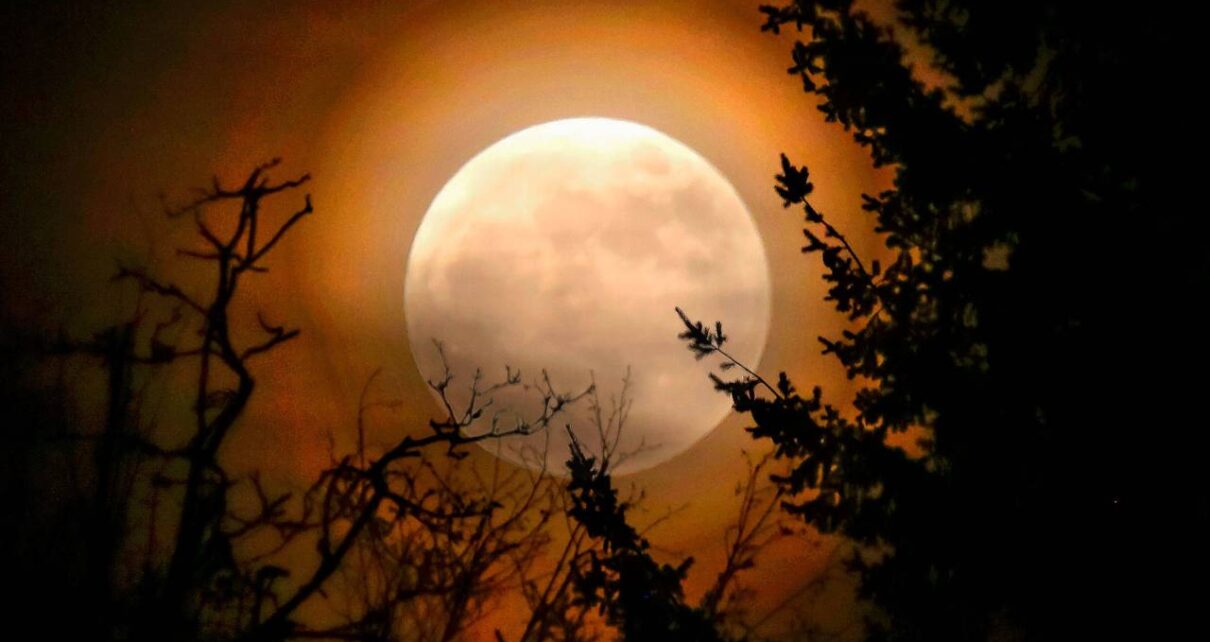The first lunar eclipse of 2021 will occur on May 26. What will make this even more special is that it will coincide with a supermoon and a red blood moon all at once! According to the National Aeronautics and Space Administration (NASA) of the US, the total lunar eclipse would start at 4:47:39 am EDT.
This will be the first total lunar eclipse since January 21, 2019. It will start at 2:17 am as per Indian Standard Timing (IST) and take place until 7:19 pm IST.
The partial phase of the eclipse will begin at 15h.15m IST. The total phase will begin at 16h 39m IST. The total phase will end at 16 h 58m IST. The partial phase will end at 18h 23m IST.
From India, just after moonrise, the ending of the partial phase of the eclipse will be visible for a short span of time from northeastern parts of India (except Sikkim), some parts of West Bengal, some costal parts of Odisha and Andaman & Nicobar Islands.
What is a supermoon?
A supermoon occurs
when a full or new moon coincides with the Moon’s closest approach to the
Earth. The closest point
on the orbit is called “perigee,” and when the full Moon appears at
the perigee, it looks slightly brighter and larger than a regular full Moon,
hence the name ‘Supermoon’. Normally it is difficult to differentiate between
the normal Moon and a supermoon, but if you compare it with two pictures side
by side, it shows a difference in size.
What is a lunar eclipse?
A lunar eclipse
happens when the Earth’s shadow covers all or part of the Moon. It occurs when
the earth comes between the Sun and the Moon, blocking the sunlight from
falling on the Moon. There are two kinds of eclipse, partial and total,
depending on how much earth’s shadow has covered the Moon. This can only happen
during the full Moon. May 26’s eclipse is a total lunar eclipse when the Moon
and Sun are on opposite sides of Earth, forming a straight line and completely
covering the Moon.
What is a red blood moon?
When the Moon is completely covered by Earth’s shadow it will darken, but does not go completely black. Instead, it takes on a red colour, which is why total lunar eclipses are sometimes called red or blood moons. Sunlight contains all colours of visible light. The particles of gas that make up Earth’s atmosphere are more likely to scatter blue wavelengths of light while redder wavelengths pass through. This is called Rayleigh scattering, and it is why the sky is blue and sunrises and sunsets are often red.




